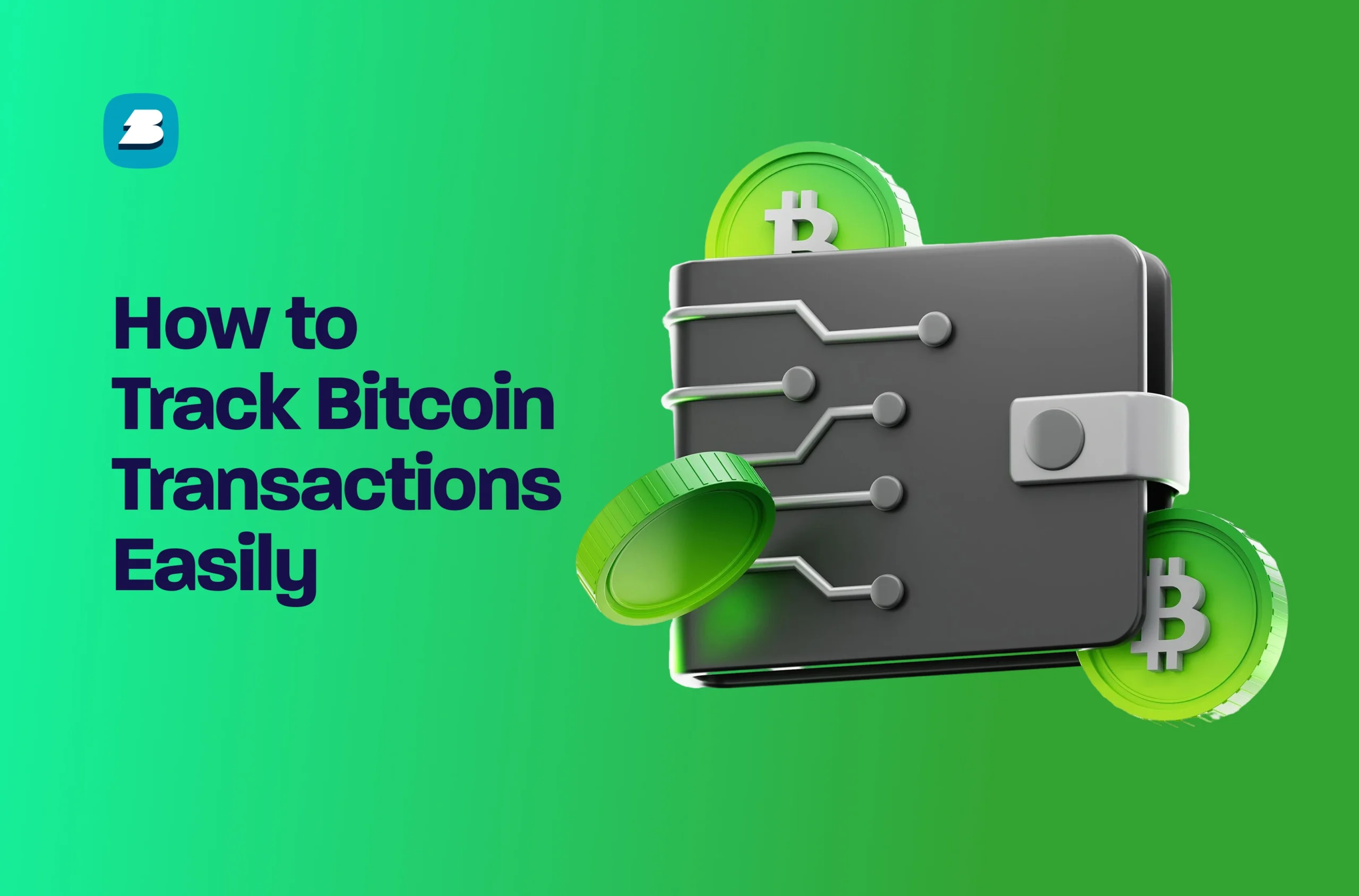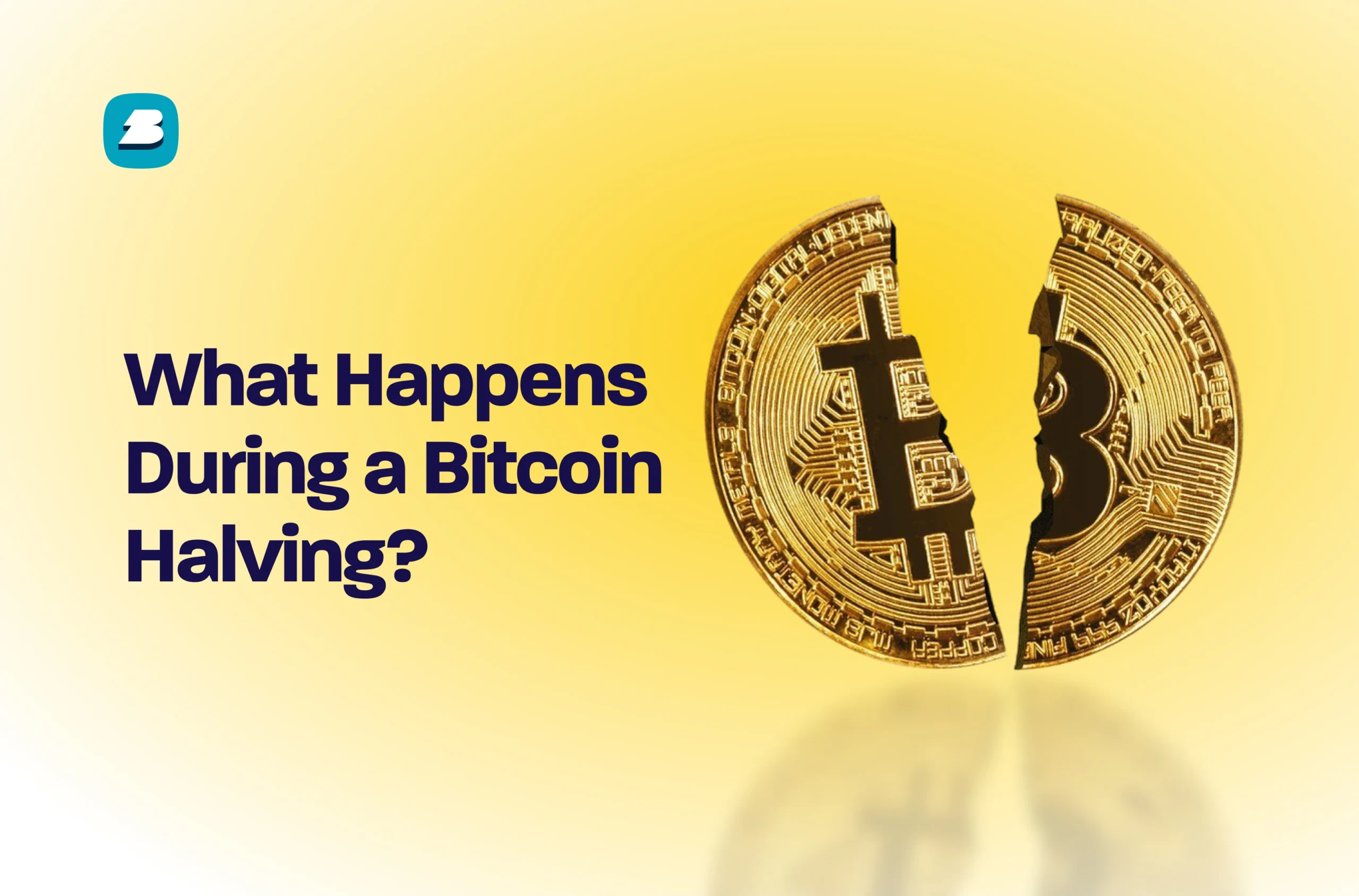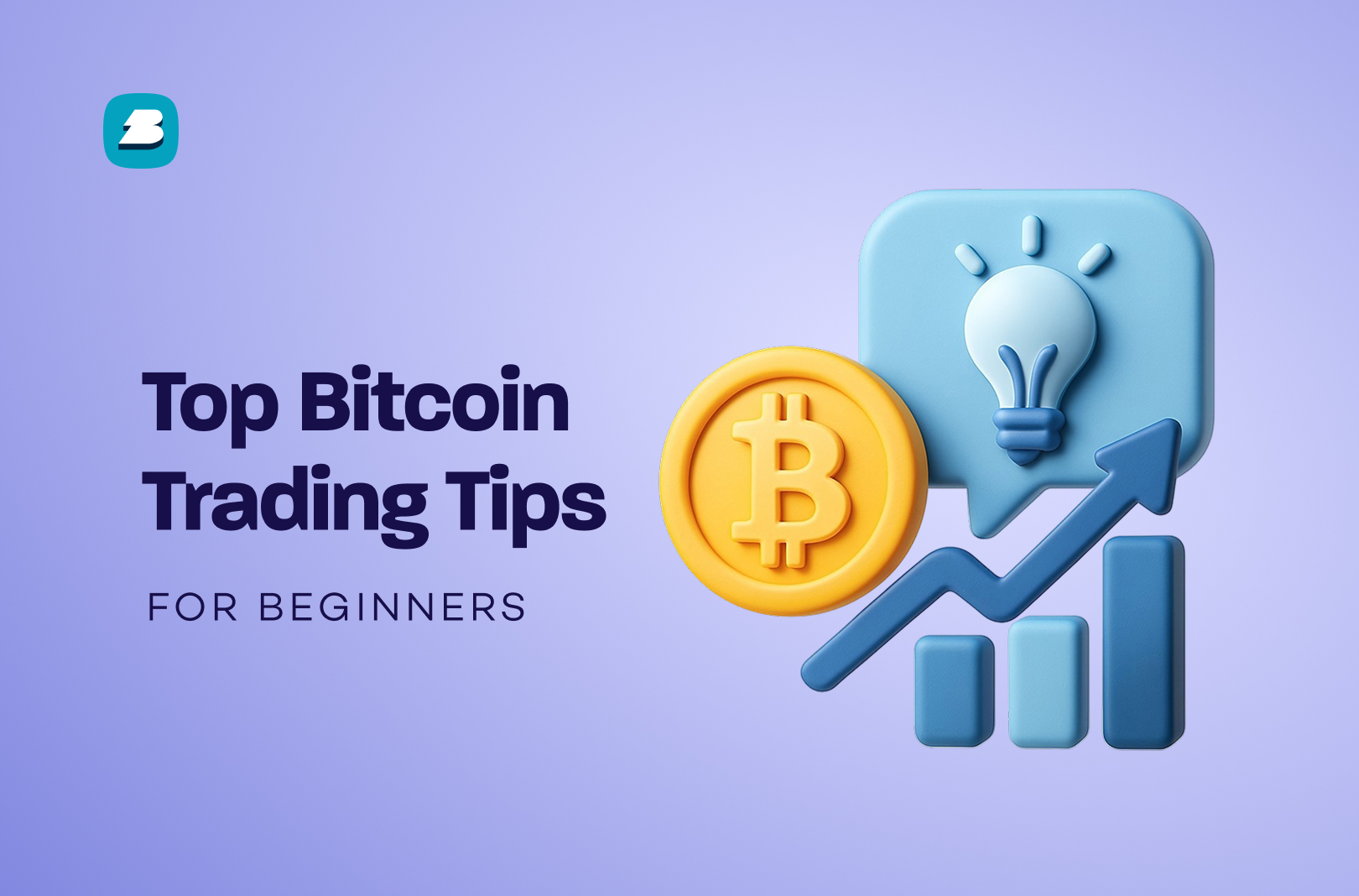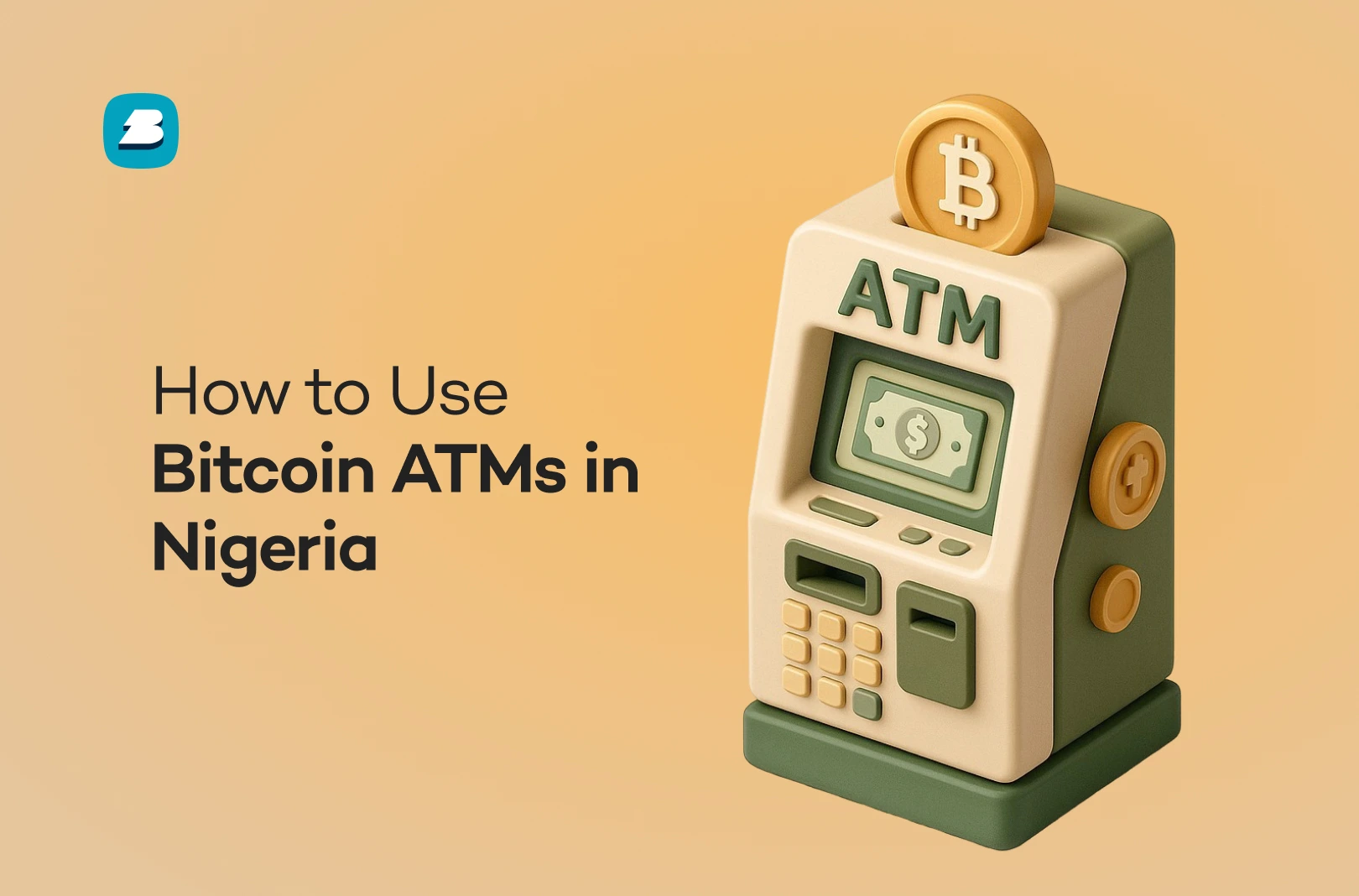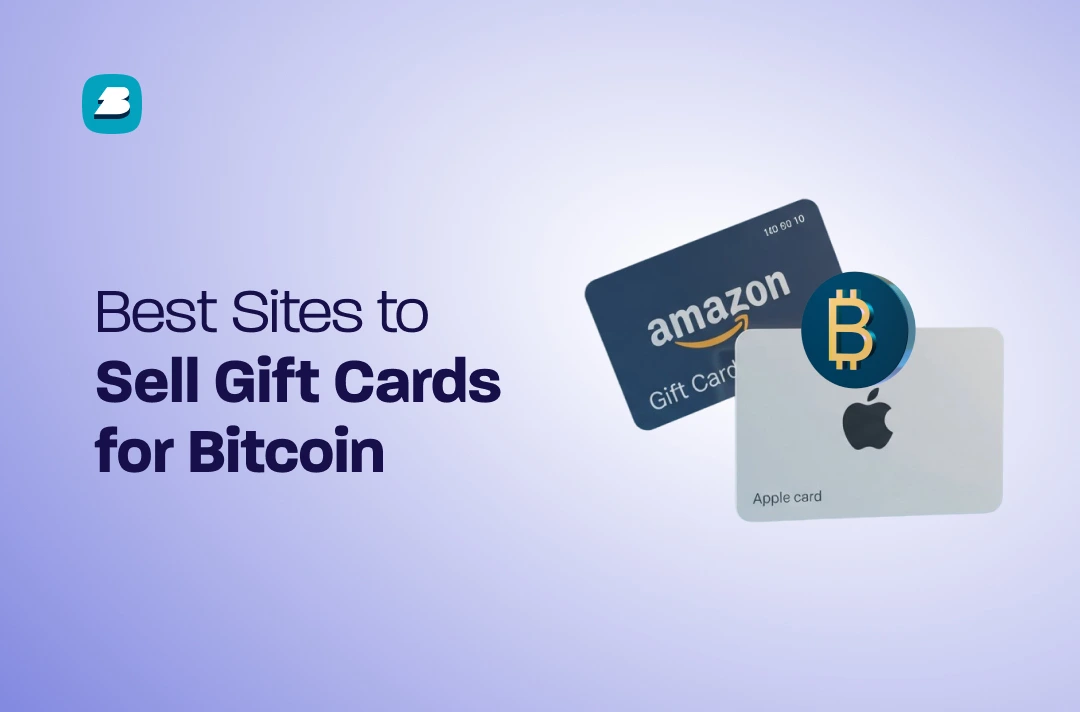Let’s be real, Bitcoin is exciting, but scammers love that excitement even more.
Every day, people lose thousands of dollars because they mistook a shady-looking “Bitcoin address” or fake payment proof as legit.
In fact, a report by Chainalysis revealed that crypto scammers stole over $5.9 billion in just one year, and a big chunk of that was through clever formatting tricks that most people wouldn’t even think to question.
Scammers know that many of us are still trying to wrap our heads around how crypto works, so they get creative, mixing in similar-looking letters, spoofing wallet formats, or sending screenshots that look “just close enough.”
But here’s the thing: once you know what to look out for, spotting a scammy Bitcoin format becomes surprisingly easy.
In this guide, we’ll break it down in simple terms how to spot bitcoin format for scamming: no tech jargon, no boring lectures. Just clear, real talk on how to spot red flags and avoid becoming “that friend” who got tricked into sending Bitcoin to a scammer.
Let’s dive in.
Top Pick:
- Bitcoin Scams: Biggest Stories & How to Identify Them
Common Bitcoin Formats: What They Should Look Like

Okay, before we start pointing fingers at shady Bitcoin addresses, let’s first understand what a real one actually looks like.
Bitcoin addresses come in a few official formats, and once you know them, you’ll be able to spot the fakes from a mile away.
So let’s break it down, one format at a time (with examples to make it super clear).
1. Legacy Addresses (Start with “1”)
This is the OG Bitcoin address format. Think of it as Bitcoin’s first official outfit.
If you’ve been in crypto for a while, this might be the format you’re most familiar with.
- Format starts with:
1 - Length: Around 26 to 35 characters
- Example:
1BoatSLRHtKNngkdXEeobR76b53LETtpyT
Where you’ll see it: Mostly on older wallets and platforms that haven’t updated to newer formats. Still legit, just a bit “old school.”
2. P2SH Addresses (Start with “3”)
These are a bit more advanced and often used for multi-signature wallets or certain smart contract setups.
But the important part? They’re still 100% real and trustworthy.
- Format starts with:
3 - Length: Around 26 to 35 characters
- Example:
3J98t1WpEZ73CNmQviecrnyiWrnqRhWNLy
Quick tip: Some scammers will try to copy this format but switch a few characters around. Always copy-paste carefully and compare.
Related:
- Top Tips: How to Retrieve Stolen Bitcoin From Scammers
3. Bech32 / SegWit Addresses (Start with “bc1”)
This is the newest and most efficient format. It’s designed to make Bitcoin transactions faster and cheaper. Plus, it’s harder to mess with, which is a bonus for security.
- Format starts with:
bc1 - Length: Up to 42 characters
- Example:
bc1qar0srrr7xfkvy5l643lydnw9re59gtzzwf5mdq
Why it’s good: Lower fees, faster confirmations, and better scam resistance. If your wallet supports it, use it.
Reminder: Just Because It Looks Real Doesn’t Mean It Is
Scammers are sneaky. They’ll swap out characters with similar-looking ones (like using a capital “I” instead of a lowercase “l”), or even show you a fake address in a screenshot that’s almost right.
So don’t just glance at the beginning. To spot bitcoin format for scamming, always double-check the full address, especially if someone sends it to you in a hurry.
Now that you know what legit Bitcoin formats should look like, you’re already way ahead of the curve. Next up, let’s talk about how scammers try to mess with these formats and catch people off guard.
Let’s get into it.
How to Spot Bitcoin Scamming Format: How They Fake Bitcoin Details
Now that you know what real Bitcoin addresses look like, let’s talk about how scammers try to fool you. Their goal is simple: confuse you just enough to make you believe that a fake address or transaction is legit. And they’ve gotten really creative with their methods.
Here are some of the most common tricks scammers use to fake Bitcoin details, and what happens if you fall for them.
1. Slightly Altered Characters
One of the oldest tricks in the book. A scammer takes a real Bitcoin address and changes one or two characters so it still looks legit at first glance.
For example, they might replace a lowercase “l” with a capital “I”, or use an “O” instead of a zero. If you’re just glancing or in a rush, it’s easy to miss the difference.
What happens if you fall for it:
Your Bitcoin goes to a scammer’s wallet. There’s no way to reverse the transaction or get it back. It’s gone for good.
2. Lookalike Wallet Addresses
To spot bitcoin format for scamming, you need to know that some scammers create wallets that purposely resemble those of popular crypto exchanges in Nigeria, or well-known individuals. For example, they might copy the first and last few characters of a real wallet to build trust.
The address might start with the same “3J98…” and end with the same “…WNLy,” making you think it’s the same as the real one. But the middle section is different, and that’s where the trick happens.
What happens if you fall for it:
You’ll send your Bitcoin to the wrong person, and the real owner has no way of helping you recover it. Scammers bank on this confusion to steal funds silently.
Top Pick:
- USDT TRC20 Contract Address: What is it & How to Get it?
3. Fake Payment Screenshots
This is super common in P2P trades or social media deals. The scammer sends you a screenshot of a “completed” Bitcoin transaction, hoping you won’t verify it yourself.
The screenshot often shows a wallet address, a transaction hash, or a fake confirmation message. Everything looks real, except it’s all Photoshop or some online generator.
What happens if you fall for it:
You’ll release goods, services, or send your own Bitcoin thinking you’ve been paid, but you haven’t. There’s no actual transaction on the blockchain.
4. Modified Transaction Hashes
A scammer sends you what looks like a legitimate transaction ID, but when you check it on the blockchain, it either leads nowhere or shows a completely unrelated transaction.
Sometimes they’ll change just one letter or number in the hash. If you copy and paste it without verifying, you won’t realize it’s fake.
What happens if you fall for it:
You’ll think you’ve been paid when you haven’t, and by the time you realize it, the scammer has disappeared.
5. Using Bitcoin Testnet Addresses
This is a sneaky one. Some scammers use testnet Bitcoin addresses, which look similar to real ones but aren’t part of the main Bitcoin network. Any “payment” made on testnet has no real value.
In order to detect bitcoin format for scamming, it is important to note that Testnet addresses might appear in screenshots or online “receipts,” but if you try to confirm them, they won’t show up on the real Bitcoin blockchain.
What happens if you fall for it:
You’ll believe you’ve received real Bitcoin, but in reality, you’ve received nothing. Testnet BTC is worthless and only meant for practice.
6. Fake Blockchain Explorer Links
Scammers sometimes send links to fake blockchain explorer websites. These sites are designed to look like real ones (like Blockchain.com), but they show false info, like a completed transaction that never actually happened.
If you’re not paying attention to the URL, you might think the payment was confirmed.
What happens if you fall for it:
You’ll believe the scammer has paid you, then release funds or confirm a deal, only to realize later there was never a real transaction.
7. Pressure to Act Fast
This isn’t a technical trick, but it’s just as dangerous. Scammers love to rush you. They’ll say things like “I already sent it,” “You have to confirm now,” or “I’ll lose the rate if you don’t act fast.”
They count on you being too flustered to double-check anything.
What happens if you fall for it:
You’ll skip steps, fail to verify, and possibly lose your Bitcoin or accept a fake payment. Scammers rely on your panic to pull off the trick.
Each of these tricks has one goal: get you to act without verifying. But now you know the signs, how to spot bitcoin format for scamming, and more importantly, you know what’s at stake.
Next, let’s go over how to verify if a Bitcoin transaction actually happened, so you never fall for the fake ones again.
For You:
- Why is Bitcoin Fee So High? & How to Lower It
How to Quickly Verify a Bitcoin Transaction
If someone tells you “I’ve sent the Bitcoin,” don’t just take their word for it. Don’t trust screenshots, don’t rely on what’s written in a chat, and definitely don’t confirm anything until you’ve verified it yourself.
The good news? Verifying a Bitcoin transaction is super easy and takes less than a minute. All you need is a blockchain explorer, basically a public search engine for Bitcoin transactions.
Here’s how to do it step-by-step.
Step 1: Ask for the Transaction ID (aka Hash)
Every Bitcoin transaction has a unique ID, also called a transaction hash. It looks like a long string of letters and numbers, something like this:
e2b1f4695a0e28f4e5aaf3fa1cc9e2eec4e6f8f8d1d6a937a51fd9a74236c1d2
This is what you’ll need to check the transaction on the blockchain.
If the person you’re dealing with refuses to send this, that’s already a red flag and it will instantly help you detect that it’s a bitcoin format for scamming.
Step 2: Go to a Blockchain Explorer
A blockchain explorer lets you search for any Bitcoin transaction and see if it actually happened. You can use a trusted one like:
These websites are free, open to the public, and don’t require an account.
Step 3: Paste the Transaction ID
Once you’re on the explorer, simply paste the transaction ID into the search bar and hit enter.
If the transaction is real, you’ll see full details like:
- The amount of Bitcoin sent
- The sender and receiver wallet addresses
- The number of confirmations
- The time and date of the transaction
If the transaction ID is fake or doesn’t exist, the site will return an error or say “not found.”
Step 4: Confirm the Wallet Address and Amount
Seeing a transaction isn’t enough. You need to confirm that the receiver address is yours and the amount matches what you’re expecting.
Scammers often send random hashes that lead to real transactions, but those transactions might have nothing to do with you.
Always check:
- Is your Bitcoin wallet the one receiving the funds?
- Is the amount correct?
- Has the transaction been confirmed?
If the answer to any of these is no, don’t proceed.
Step 5: Wait for Confirmations
When a Bitcoin transaction is first broadcast, it may show as “unconfirmed.” This just means it’s waiting to be added to the blockchain.
For smaller transactions, 1 confirmation might be enough. For larger amounts, wait for 3 to 6 confirmations to be safe.
If a transaction remains unconfirmed for a long time, it might be stuck, or fake. It might be a bitcoin format for scamming.
Verifying a Bitcoin transaction isn’t just for pros or crypto nerds. It’s something anyone can do, and it’s the best way to protect yourself from being scammed.
Once you’ve mastered this simple habit, you’ll never fall for screenshots or pressure tactics again. Up next, let’s look at some common red flags in Bitcoin deals that are worth paying attention to, because sometimes, the scam is in the vibe, not the code.
You Might Like:
- The Best 9 USDT Trading Platforms, Ranked
Detecting Bitcoin Format for Scamming: Red Flags to Watch Out For in Bitcoin Deals

Sometimes the scam isn’t hidden in a fake address or a dodgy screenshot, it’s right there in the behavior. Scammers often give themselves away with the way they talk, the pressure they apply, or the kind of “too good to be true” vibe they give off.
Here are some common red flags you should never ignore to help you easily spot bitcoin format for scamming. If you spot even one of these, pause. If you spot more than one? It’s probably a scam.
1. “Act Fast or Lose It” Energy
Scammers love urgency. They’ll say things like, “This rate is only valid for 5 minutes,” or “I already sent it, confirm now,” or “Hurry, I have another buyer.”
They want you to feel rushed, so you don’t take time to verify anything.
Why it matters: Scams happen when people panic. Always slow down, double-check everything, and never let someone rush you into confirming a deal.
2. Overly Generous Offers
If someone is offering you a crazy good rate, adding bonus Bitcoin “just because,” or is weirdly excited to overpay you, that’s not a blessing, it’s bait.
Scammers use generosity as a way to lower your guard. They might say they’re “just trying to support fellow traders” or “in a hurry and don’t care about price.”
Why it matters: Real traders don’t throw away money. If it sounds too sweet, it’s probably a setup.
3. Refusing to Use Escrow or Trusted Platforms
If someone avoids using well-known platforms or rejects using an escrow service (even when you’re willing to pay the fee), it’s a major red flag.
They’ll often say things like, “I’ve been scammed before,” or “Let’s keep it simple, wallet-to-wallet only.”
Why it matters: Escrow protects both sides. If someone insists on skipping that protection, ask yourself why.
4. Weird or Broken English in Payment Details
If the person sends you a wallet address with strange formatting, inconsistent characters, or sends messages that just feel off, trust your gut. It’s a bitcoin format for scamming.
Sometimes scammers copy and paste addresses that were altered, or use fake interfaces that glitch or look suspicious.
Why it matters: Honest traders double-check before sending info. Sloppy formatting or confusing details could mean you’re dealing with someone who isn’t legit.
5. No Proof, Just Vibes
If they can’t provide a transaction hash, or refuse to show clear evidence of payment, but still push you to confirm or release your end of the deal, walk away.
They might say “trust me,” or “check later,” or even send vague screenshots without showing real transaction details.
Why it matters: If the blockchain doesn’t say it’s real, it’s not real. Period.
6. Recently Created or Suspicious Social Profiles
If you’re trading via social media or chat platforms like WhatsApp, Telegram, or X (Twitter), check the person’s profile.
Red flags include:
- No profile photo or a stock image
- Very few followers or posts
- Joined very recently
- Comments turned off
Why it matters: Scammers create fresh burner accounts all the time. If their profile looks fake, there’s a reason for that.
7. Too Eager to Close the Deal
If someone seems way too eager to send money or complete a trade—more eager than you—they’re probably trying to trap you. Real traders are cautious and usually ask questions.
Why it matters: Scammers want to move fast before you notice anything suspicious. A little too much enthusiasm is sometimes the giveaway.
Scams don’t always come with warning sirens and flashing lights. But if you know what to look for, the signs are usually there. Trust your instincts, slow things down, and remember, it’s better to lose a deal than lose your Bitcoin.
Next, let’s wrap things up with some practical tips you can use to trade safely, confidently, and scam-free.
Simple Tips to Stay Safe with Bitcoin Transactions
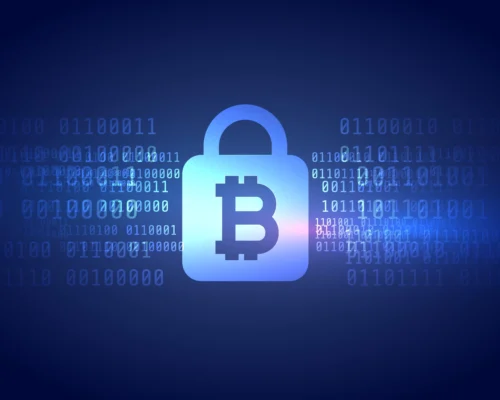
By now, you’ve seen how creative scammers can get. But here’s the good news: staying safe with Bitcoin doesn’t require special tools or expert-level knowledge. Most of the time, it just comes down to being a little more careful, a little more patient, and not ignoring red flags.
Here are some simple but powerful tips to help you protect your Bitcoin every time.
1. Always Double-Check the Wallet Address
Before sending Bitcoin, verify every single character of the wallet address, especially if you copied it from a chat, email, or website. A single wrong character means your money is going somewhere else, and there’s no getting it back.
If it’s a large amount, double-check it on another device just to be sure.
2. Never Trust Screenshots
No matter how legit it looks, a screenshot is not proof of payment. Scammers can easily fake wallet balances, transaction history, or confirmations using Photoshop or online tools.
Always ask for a transaction ID and confirm it using a real blockchain explorer.
3. Use a Trusted Blockchain Explorer
Sites like blockchair.com or blockchain.com/explorer let you check if a transaction actually happened. Bookmark one of these and use it regularly.
Make sure the site address is correct, don’t fall for fake lookalike explorers, it’s a bitcoin format for scamming.
4. Use Escrow When in Doubt
If you’re doing a peer-to-peer trade, use a platform with an escrow system (like Binance P2P, Paxful, or Breet). Escrow holds the funds until both sides confirm the deal is legit.
If someone refuses escrow or pushes for “trust,” that’s your sign to walk away.
5. Confirm the Right Wallet Received the Bitcoin
When someone sends you Bitcoin, don’t just check if a transaction happened, check if it went to your actual wallet address.
Scammers may show you a real transaction, but it could be to a different wallet. Confirm that the address and amount match your own.
6. Don’t Rush or Let Anyone Rush You
Scammers feed on panic and pressure. If someone is rushing you to “confirm now” or telling you “time is running out,” slow things down.
Take a moment, verify everything, and don’t let urgency cost you your money.
7. Trade With Reputable People or Platforms
Where possible, use well-known exchanges or trusted platforms with strong reputations. If you must trade peer-to-peer, do a background check, look at reviews, their social media profile, or trading history if available.
And remember, just because someone has a friendly tone doesn’t mean they’re trustworthy.
Bitcoin transactions are fast, irreversible, and unforgiving. But with the right habits and a little awareness, you can avoid 99% of the tricks out there.
Stick to these tips, trust the process (not the person), and you’ll be way ahead of most people when it comes to staying safe in the crypto world and detecting bitcoin formats for scamming.
Or… Just Skip the Stress Entirely
Look, verifying Bitcoin transactions, spotting fake addresses, and detecting bitcoin formats for scamming is a smart skill to have, but if you’re just trying to sell or swap your crypto without all the back-and-forth, screenshots, or “I swear I sent it” drama, there’s a much easier route.
You can skip the entire P2P stress and just use a reliable crypto OTC trading platform like Breet.
With Breet, you don’t have to chat with strangers, triple-check wallet addresses, or worry about someone faking a payment. You simply send your crypto, and your cash lands directly in your bank account. Fast. Quiet. Scam-free.
It’s perfect for anyone who just wants to sell crypto and move on with their day—no drama, no decoding transaction hashes.
So while it’s great to know how to spot Bitcoin scam formats, sometimes the smartest move is avoiding the risky playground altogether.
Choose peace. Choose Breet.

